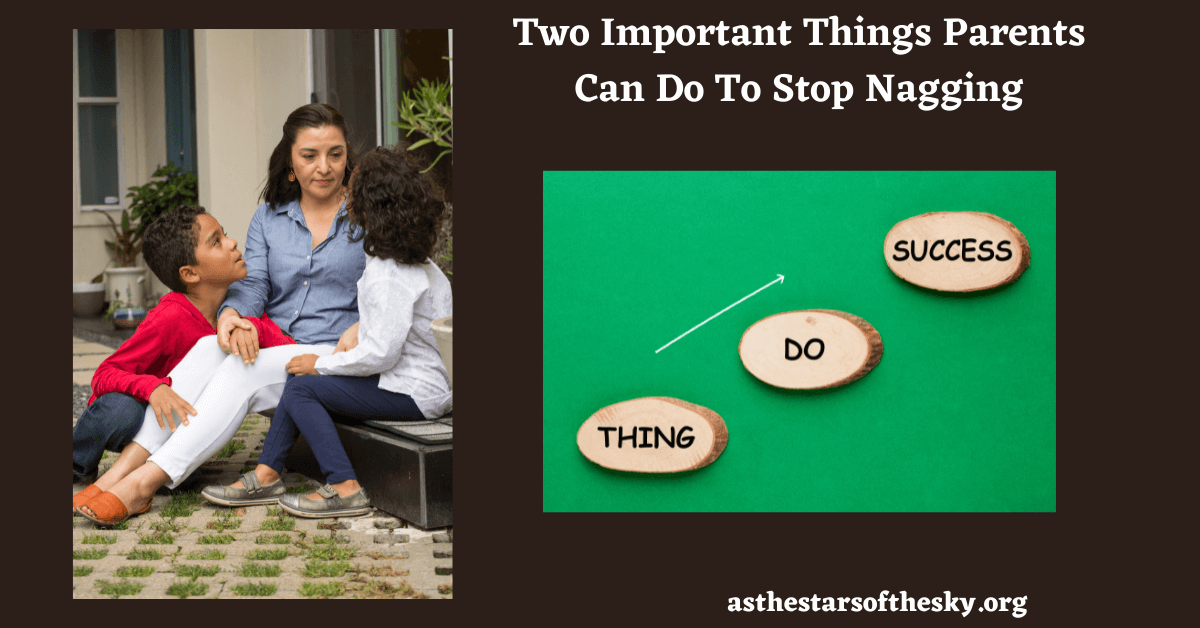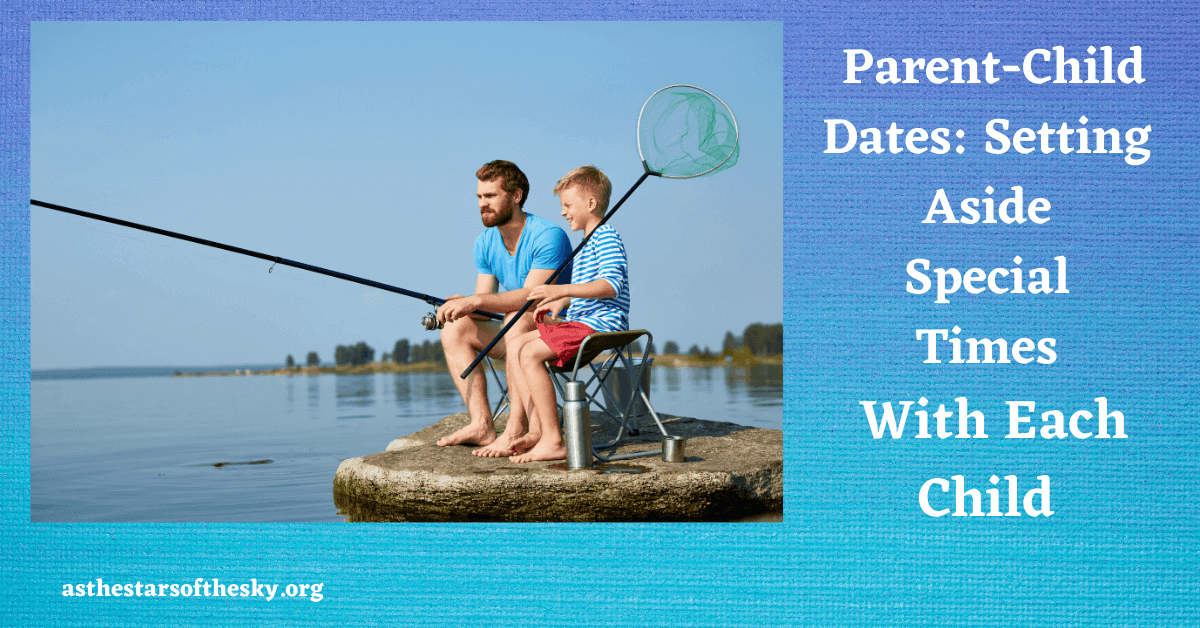According to a survey of 1,000 parents by The American Institute of Certified Public Accountants, approximately two-thirds give allowances to their children. The average allowance is $30 per week! If you’re like me, you may have thought that amount was too much. This blog post will provide some helpful advice as to the dos and don’ts about allowances. At the end of this blog are some links to websites that will provide additional assistance. The bottom line is that it is up to each family to decide when to start giving an allowance, how much to give each child, and what the child will be required to do to earn it.
How much should the allowance be? Some experts recommend that the weekly allowance should be an amount equal to the child’s age. If your child is 9 years old, for example, the weekly allowance can be $9. Or you can establish it to be one-half of the child’s age. Using the same example, the allowance would be $4.50 per week.
Should the allowance be tied to chores? According to experts, here are some pros and cons to consider:
Pros: children learn the difference between work and play; it is an incentive to actually get the chores done; and
Cons: children learn that household duties always deserve a reward rather than they should do some duties because they are part of a family; if they do not need money, then they will not do the chores; because of your small family budget, you may not be able to pay much of an allowance or any at all.
What are some age-appropriate chores? Again, according to some experts, you can consider these ages with related chores:
Ages 4-5: cleaning their bedroom; helping put laundry away; putting away their toys; making their bed
Ages 6-7: setting and clearing the dining table; taking out the trash; feeding the pets
Ages 10-11: cleaning the kitchen, doing laundry, walking the dog, putting groceries away
Remember that you are teaching your children to be responsible. As a parent, you should be consistent and have your children follow through with doing the chores for which they will be paid an allowance. They last thing that you should do is pay the allowance when all the chores have not been done according to your agreement.
For more information, please visit:
https://www.parents.com/kids/responsibility/money-management/how-to-give-kids-allowance-the-right-way/
https://www.news4jax.com/features/2021/07/14/kids-and-allowance-when-how-much-should-you-tie-them-to-chores/
https://www.marketwatch.com/story/5-mistakes-parents-make-when-giving-kids-an-allowance-2016-05-06




















